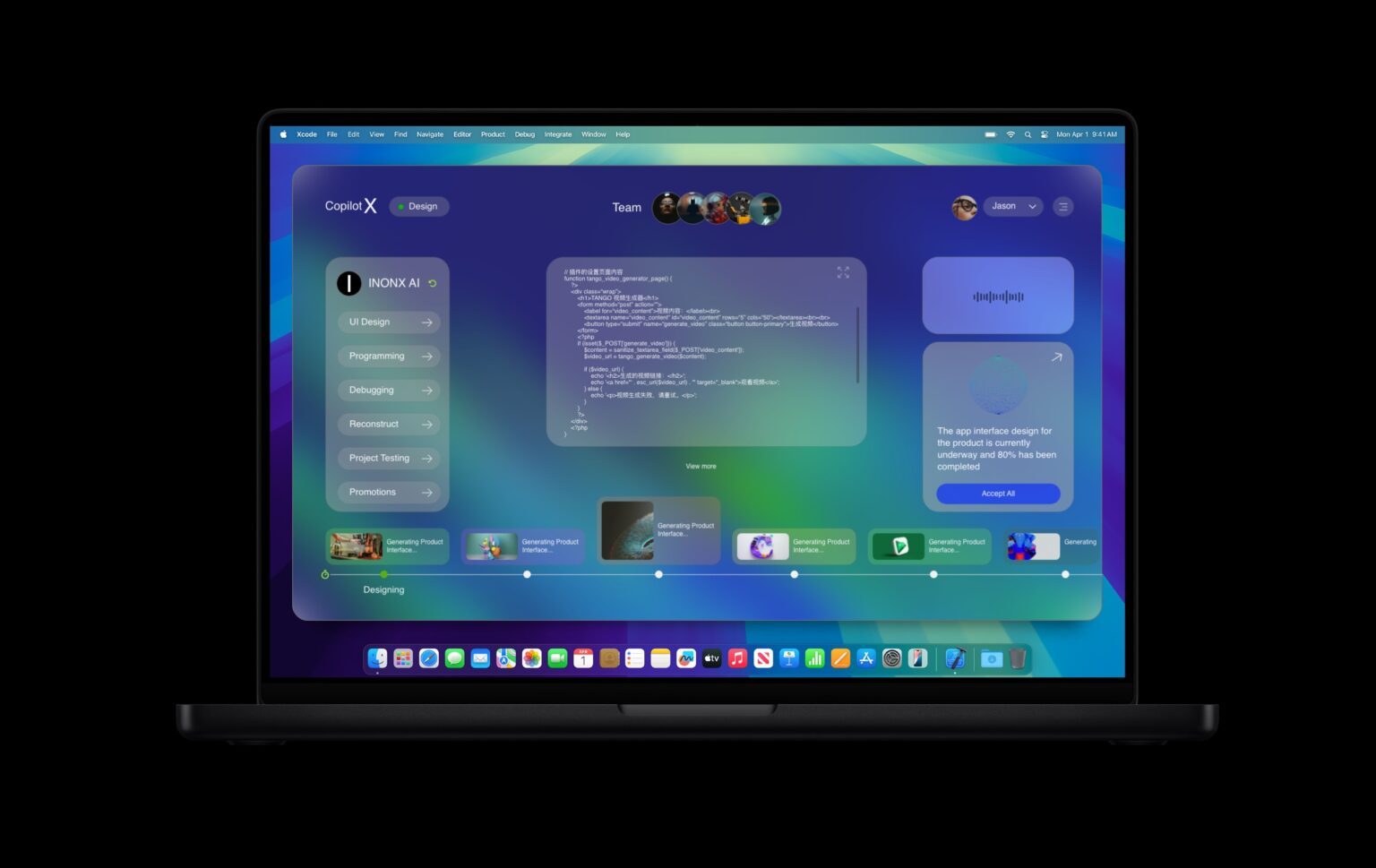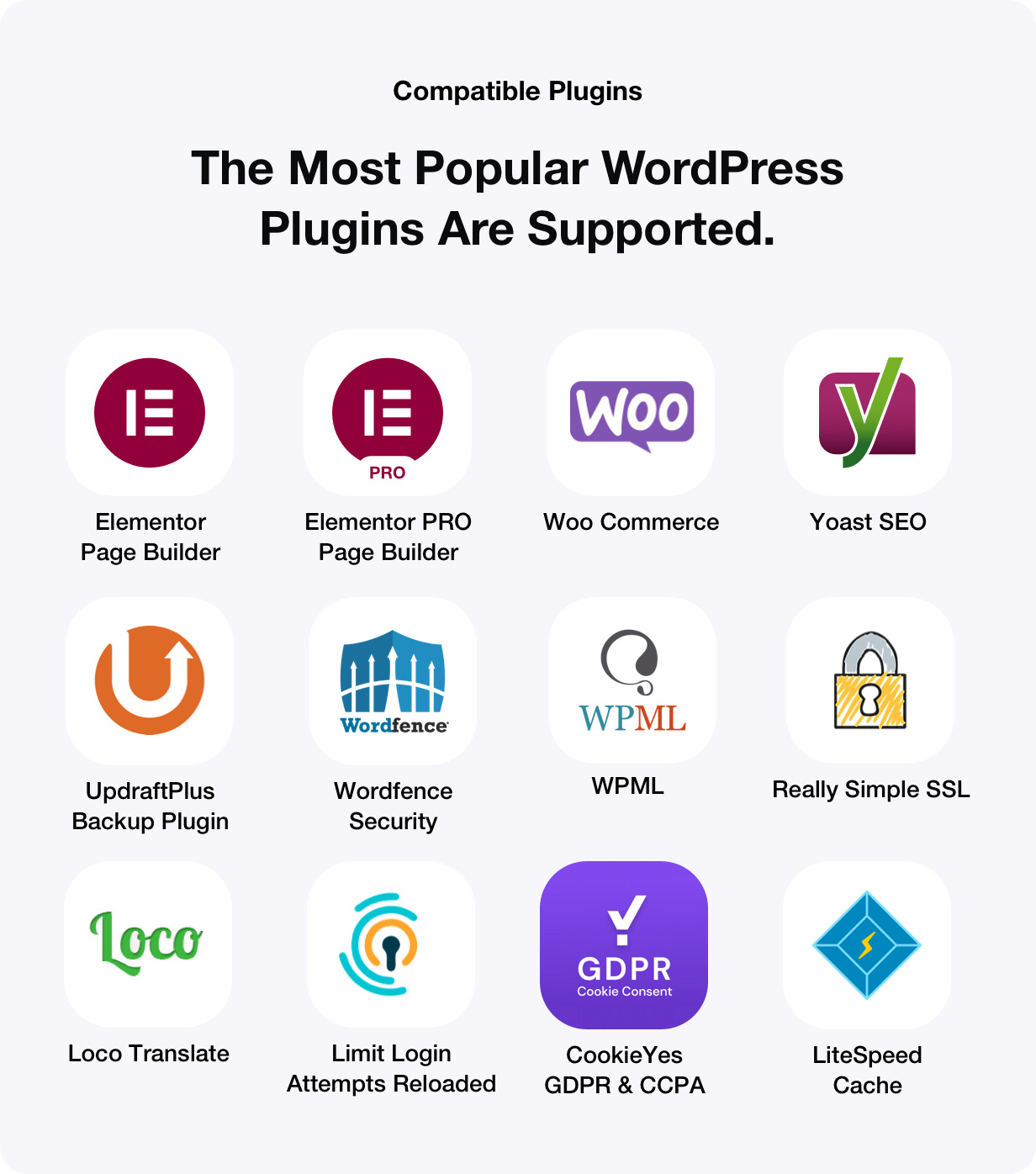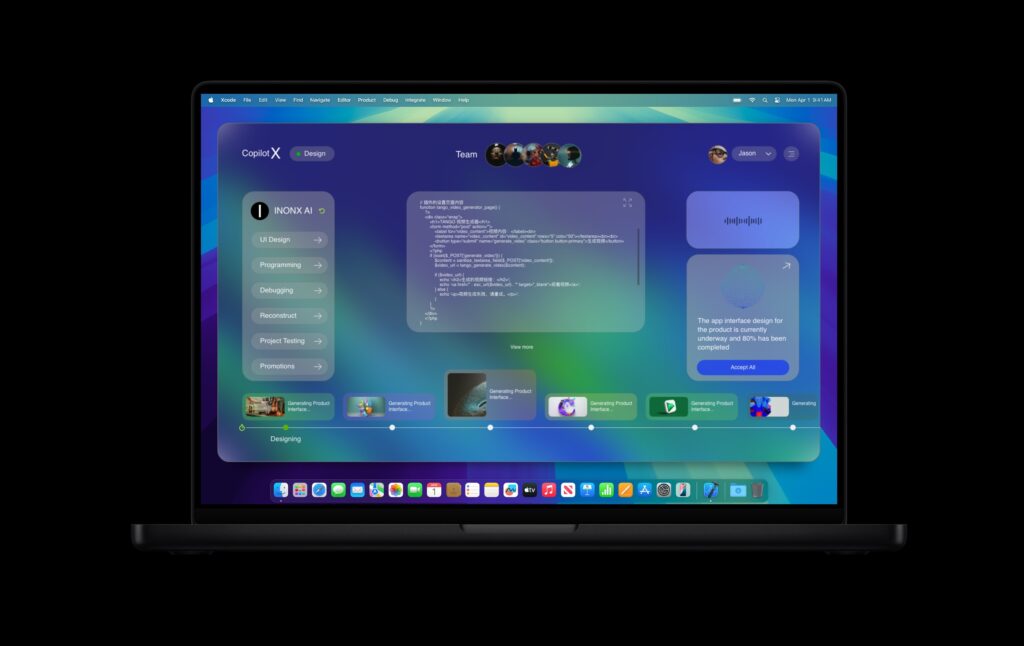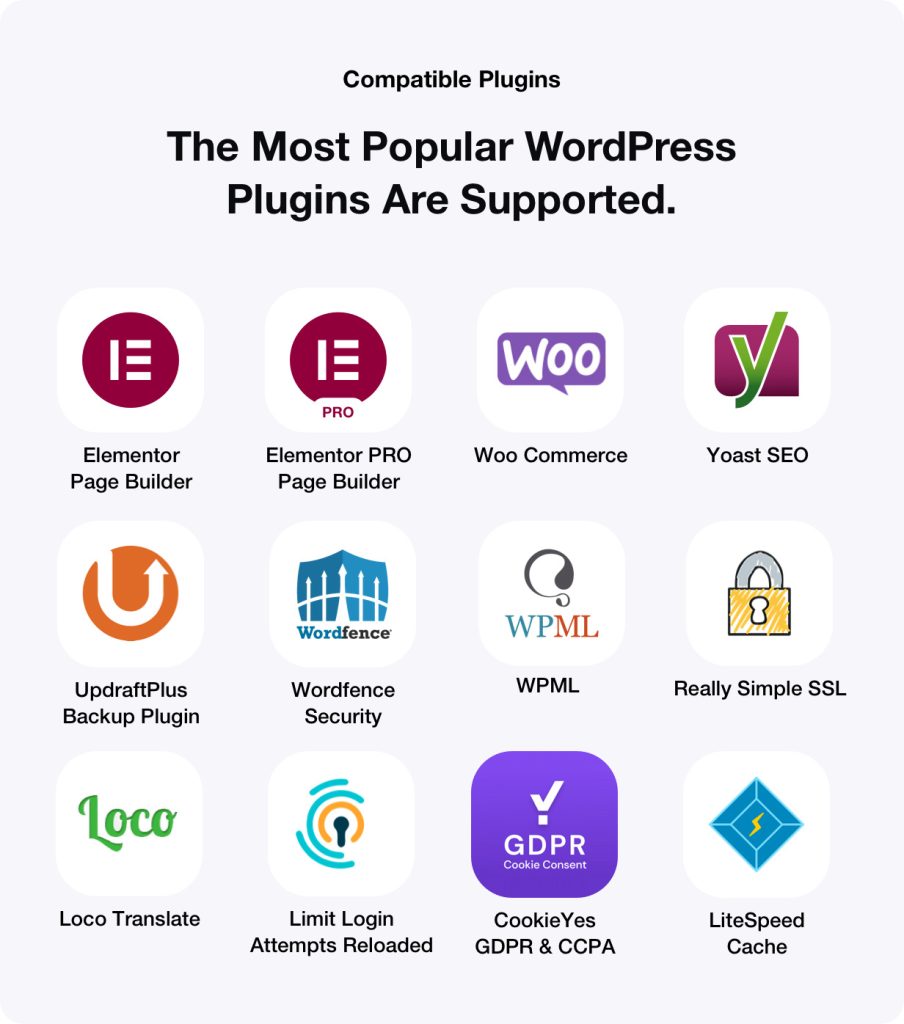In the rapidly evolving landscape of technology, artificial intelligence (AI) has emerged as a game-changer across various industries. From enhancing predictive analytics to revolutionizing big data solutions and transforming digital content creation, AI is reshaping how businesses operate and make decisions. This article delves into the latest trends, applications, and insights regarding AI in these three critical domains.
**AI in Predictive Analytics: Forecasting the Future with Precision**
Predictive analytics involves using historical data, statistical algorithms, and machine learning techniques to identify the likelihood of future outcomes. AI has significantly enhanced the capabilities of predictive analytics, allowing organizations to make more informed decisions based on data-driven insights.
One of the most notable trends in AI-driven predictive analytics is the integration of machine learning models that can learn from new data in real-time. This capability enables businesses to adapt their strategies quickly in response to changing market conditions. For instance, retail giants like Walmart utilize AI algorithms to analyze customer purchasing patterns and inventory levels, optimizing stock management and improving customer satisfaction.
Moreover, predictive analytics powered by AI is being used in various sectors, including healthcare, finance, and manufacturing. In healthcare, AI algorithms analyze patient data to predict disease outbreaks, enabling timely interventions. In finance, AI models assess credit risk and detect fraudulent activities, safeguarding financial institutions and consumers alike.
Recent studies have shown that organizations leveraging AI in predictive analytics have seen significant improvements in operational efficiency and decision-making accuracy. According to a report by McKinsey, companies that effectively utilize AI in their analytics processes can achieve a 20% increase in productivity.
**AI in Big Data Solutions: Unlocking Insights from Massive Data Sets**
The explosion of big data has created both challenges and opportunities for organizations seeking to harness its potential. AI plays a pivotal role in big data solutions by enabling businesses to process, analyze, and derive actionable insights from vast amounts of information.
One of the key trends in AI-driven big data solutions is the use of natural language processing (NLP) to analyze unstructured data. With the majority of data generated today being unstructured—such as social media posts, emails, and multimedia content—NLP algorithms can extract valuable insights from these sources. For example, companies like IBM have developed AI platforms that utilize NLP to analyze customer feedback, enabling organizations to understand sentiment and improve their products and services.
Additionally, AI enhances data visualization techniques, making it easier for stakeholders to interpret complex data sets. Advanced AI algorithms can automatically generate visual representations of data, highlighting trends and anomalies that might otherwise go unnoticed. This capability is particularly beneficial in industries such as finance, where real-time data analysis is crucial for making informed investment decisions.
Furthermore, AI-driven big data solutions are increasingly being integrated into cloud platforms, allowing organizations to scale their data processing capabilities without significant infrastructure investments. According to Gartner, the global market for AI in big data solutions is expected to reach $20 billion by 2025, reflecting the growing demand for intelligent data processing capabilities.
**AI in Digital Content Creation: Revolutionizing the Creative Process**
The rise of AI in digital content creation has transformed how businesses produce and distribute content. From generating written articles to creating visual assets, AI technologies are streamlining the creative process and enhancing content quality.
One of the most exciting applications of AI in content creation is the emergence of AI-powered writing assistants. Tools like OpenAI’s GPT-3 can generate human-like text based on prompts, enabling marketers and content creators to produce high-quality articles, blog posts, and social media content with ease. This technology not only saves time but also allows for greater creativity, as writers can use AI-generated content as a foundation for their work.
In addition to text generation, AI is also making waves in graphic design and video production. Platforms like Canva and Adobe are incorporating AI features that suggest design elements, color palettes, and layouts based on user preferences. This democratization of design allows individuals and small businesses to create professional-quality content without extensive design skills.
Moreover, AI is being used to personalize content for audiences. By analyzing user behavior and preferences, AI algorithms can recommend tailored content that resonates with specific demographics. This level of personalization enhances user engagement and drives conversions, making it a valuable tool for marketers.
The impact of AI on digital content creation is evident in the growing number of organizations adopting these technologies. According to a report by PwC, 77% of executives believe that AI will have a significant impact on their industry, with content creation being one of the primary areas of focus.
**Industry Use Cases: Real-World Applications of AI**
The application of AI in predictive analytics, big data solutions, and digital content creation is not just theoretical; numerous organizations are successfully implementing these technologies to drive growth and innovation.
In the retail sector, companies like Amazon leverage AI-powered predictive analytics to optimize their supply chain and inventory management. By analyzing customer behavior and purchasing trends, Amazon can forecast demand and adjust its inventory accordingly, reducing costs and improving customer satisfaction.
In healthcare, AI is being used to predict patient outcomes and optimize treatment plans. For instance, the Mayo Clinic employs AI algorithms to analyze patient data and predict the likelihood of readmission, allowing healthcare providers to intervene proactively and improve patient care.
In the realm of digital content creation, brands like BuzzFeed utilize AI to generate engaging quizzes and articles based on trending topics. By analyzing social media data and user preferences, BuzzFeed can create content that resonates with its audience, driving traffic and engagement.
**Conclusion: The Future of AI in Business**
As AI continues to advance, its applications in predictive analytics, big data solutions, and digital content creation will only expand. Organizations that embrace these technologies will be better positioned to navigate the complexities of the modern business landscape, making data-driven decisions and delivering personalized experiences to their customers.
The integration of AI into these domains is not without challenges, including data privacy concerns and the need for skilled professionals to manage and interpret AI-driven insights. However, the potential benefits far outweigh the risks, making AI an essential component of any forward-thinking business strategy.
In conclusion, the transformative power of AI is evident across various industries, and its role in predictive analytics, big data solutions, and digital content creation is set to grow. As organizations continue to harness the capabilities of AI, the future promises to be more efficient, innovative, and customer-centric than ever before.
**Sources:**
1. McKinsey & Company. (2021). “The State of AI in 2021.”
2. Gartner. (2022). “Forecast: Artificial Intelligence, Worldwide, 2022.”
3. PwC. (2021). “AI Predictions 2021: What’s Next for AI?”
4. IBM. (2020). “The Future of AI in Business.”
























